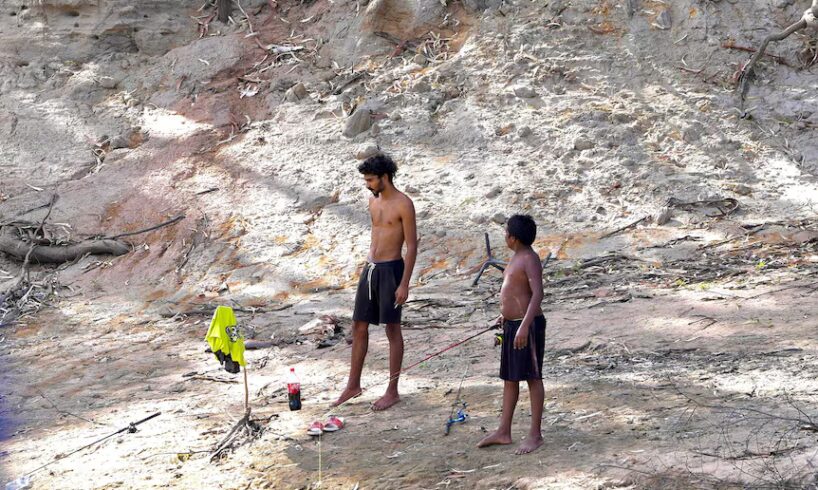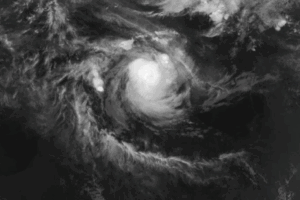
The New South Wales water minister has revealed it is unlikely a long-awaited project to ensure water security for an outback town can be built without increased funding from the Commonwealth.
Rose Jackson told ABC Broken Hill “I won’t bullshit people” when asked about the Wilcannia Weir project, saying her government needed the federal government’s help to fund it.
The state government previously allocated about $70 million for the weir upgrade, but Ms Jackson said a further $30–40 million was needed to achieve the design the community wanted.
Rose Jackson says the biggest issue the project faces is funding. (ABC Western Plains: Kenji Sato)
The last time the federal government indicated its contribution to the project was in 2022, when then-water minister Tanya Plibersek committed $15 million, a contribution first announced by the previous Coalition government in 2018.
There have been no further commitments since the project was paused in 2024 due to community dissatisfaction with changes to a previously agreed-upon design.
At that point, the NSW government valued the project at $76.1 million, a figure which Ms Jackson said was no longer viable.
“We put substantial money on the table, the Commonwealth need to come to the party as well,” Ms Jackson said.
Former NSW Nationals minister Niall Blair (left) said in November 2018 that weir construction would begin in 2019. (ABC News: Angela Bates)
Ms Jackson said without increased federal support, it was unlikely the project, which would provide water security and social benefits to Wilcannia, could be built.
“It’s not impossible … budgets can always change and be updated, but again I want to be up-front with people, we put $70 million there, that’s a lot of money,” she said.
“I don’t have additional money at this stage. I really think the Commonwealth should do the right thing and partner with us.
“If that can’t happen, we’ll just have to see what the other options are.”
Decades of waiting
Residents living along the Darling River in the state’s outback have long been calling for a new weir to replace the current structure, which was built in the 1940s.
Wilcannia Community Tourism Association president Bill Elliott said initial conversations about replacing the weir started more than 50 years ago.
Bill Elliott says the whole community is behind the design of the project. (ABC News: Oliver Brown)
“It goes back to when God had the measles,” he said.
“1969 … that was when the Central Darling Shire Council got their first grant to look into a feasibility study of a new weir.”
In the decades since, Mr Elliott said successive governments have talked about building a new weir.
He said he did not blame the current NSW water minister for “the way things have gone”, he just wanted to see it done.
Independent MP Roy Butler said he would meet with federal Water Minister Murray Watt in Canberra to discuss the issue.
Roy Butler says water issues are a shared state and federal responsibility. (ABC Broken Hill: Bill Ormonde)
He said the weir was important for water security and it was culturally important to have water in the river.
“The social issues and the crime issues in Wilcannia, you can directly correlate them to what happens in the river,” he said.
“So if the river’s got water in it, people are happy. If the river’s got fish, people are happy. If the river’s dry, we have lots more problems.”
Multiple government commitments
A spokesperson for federal Water Minister Murray Watt said there was still $15 million on the table for the Wilcannia Weir project.
There have been conversations about replacing the weir for more than 50 years. (ABC Broken Hill: Bill Ormonde)
“The commitment was made to support cultural gatherings and low-impact water recreation activities for the First Nations community at Wilcannia,” they said in a statement.
“We will continue to engage with our New South Wales counterparts on good outcomes for New South Wales communities.”
The spokesperson said the federal government was still awaiting the NSW government’s response to an independent review into the project, which released its final report in May.





